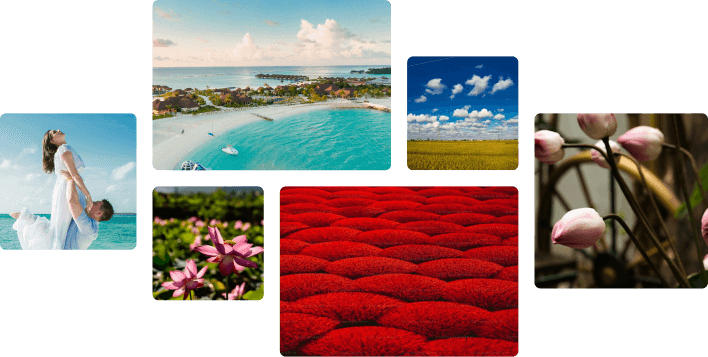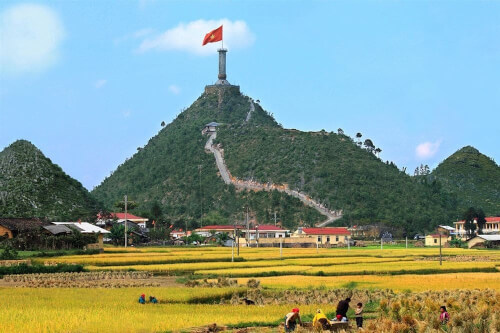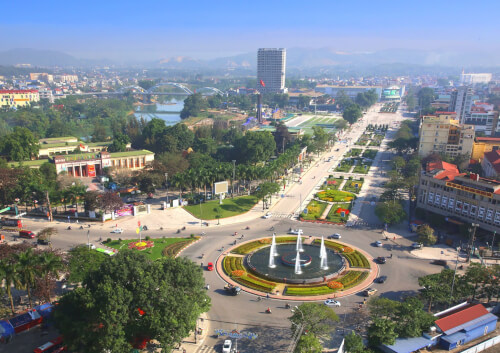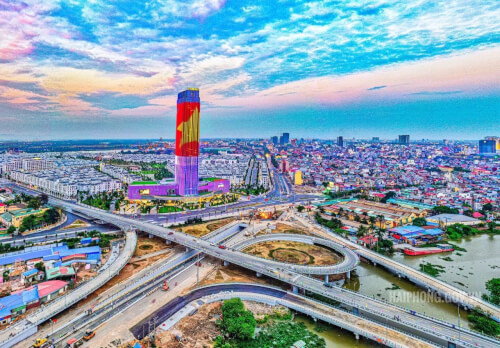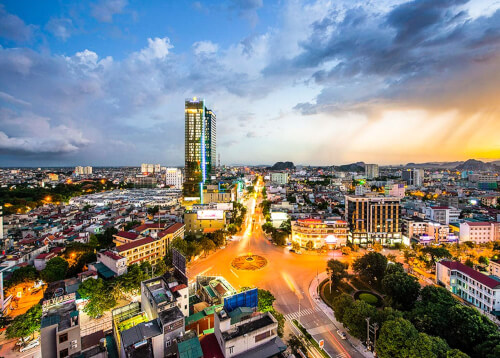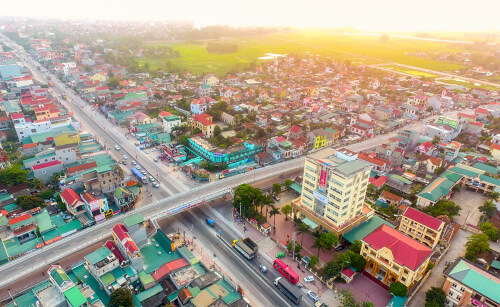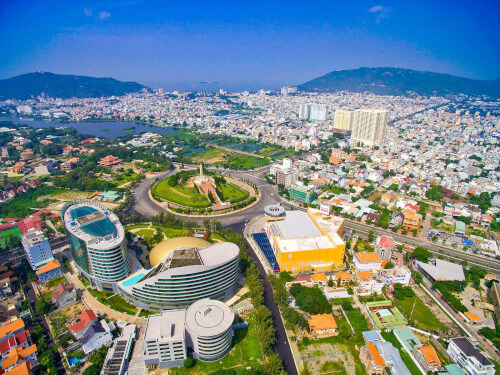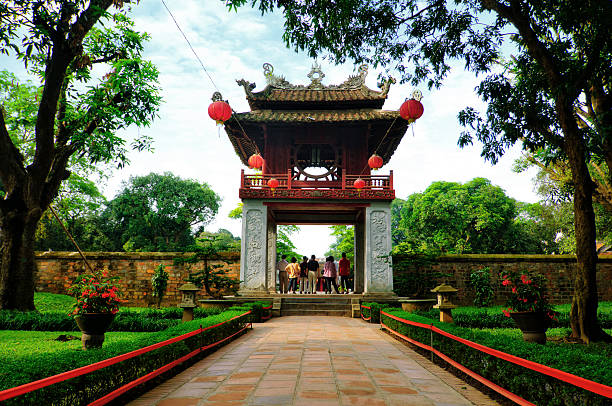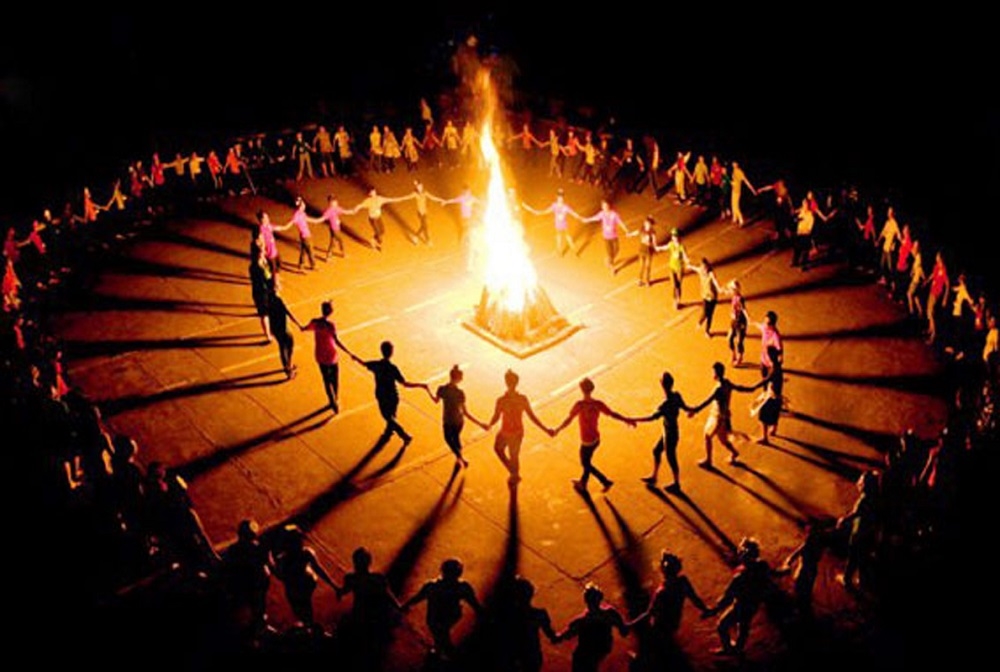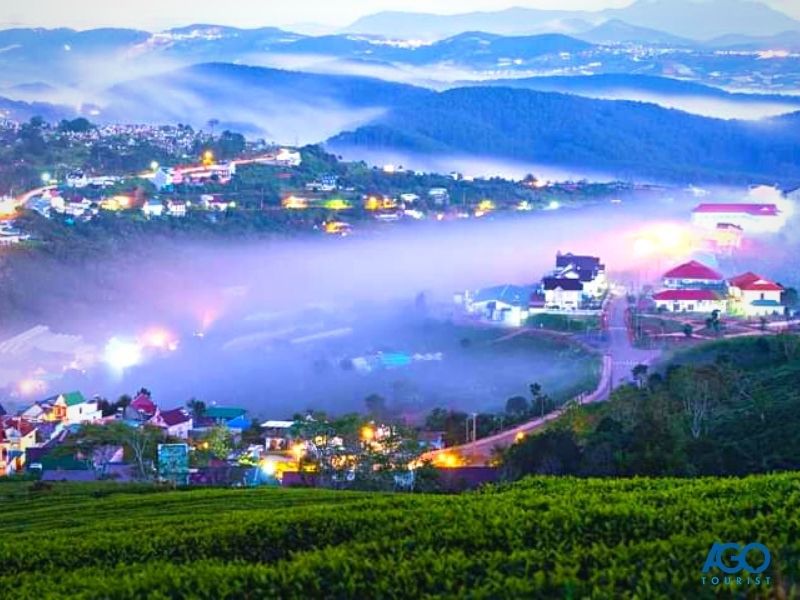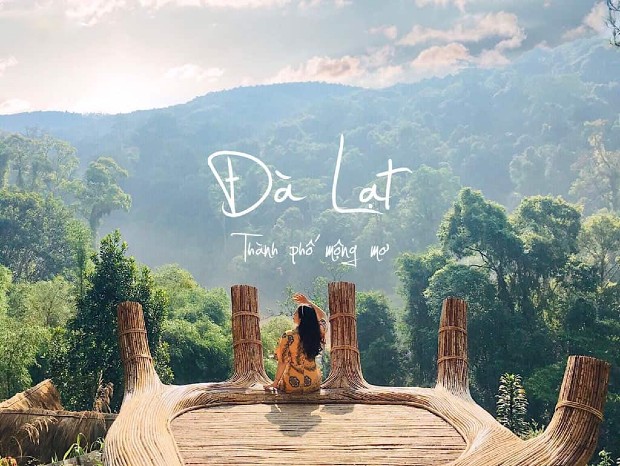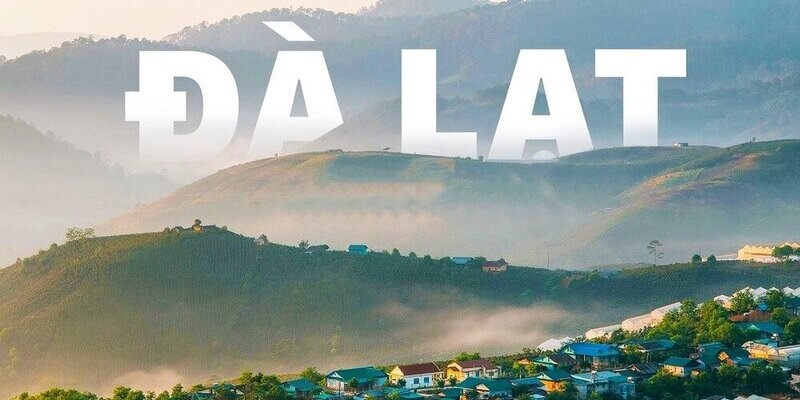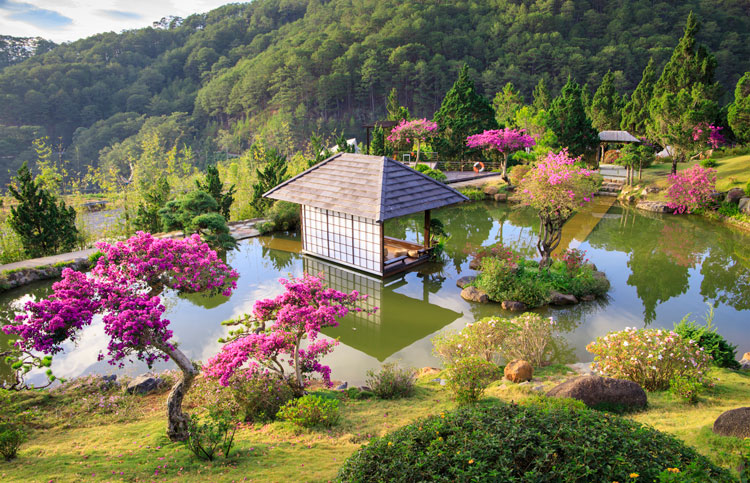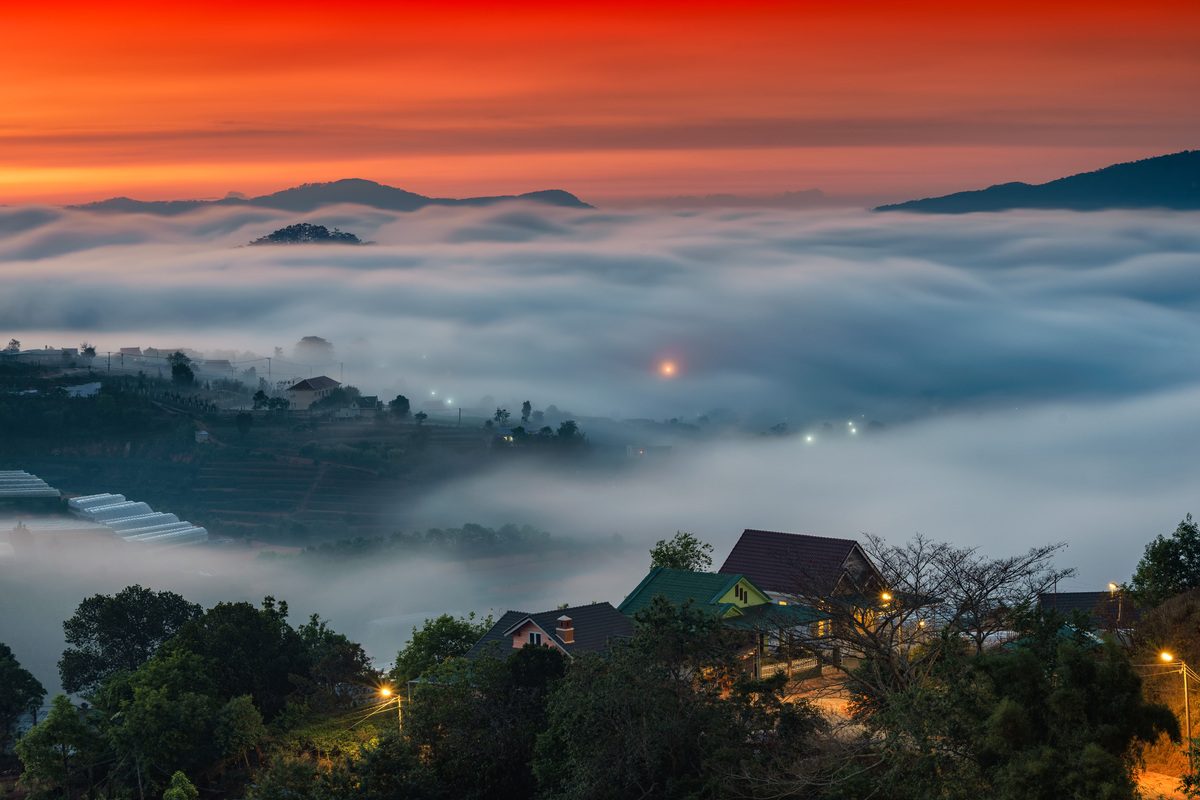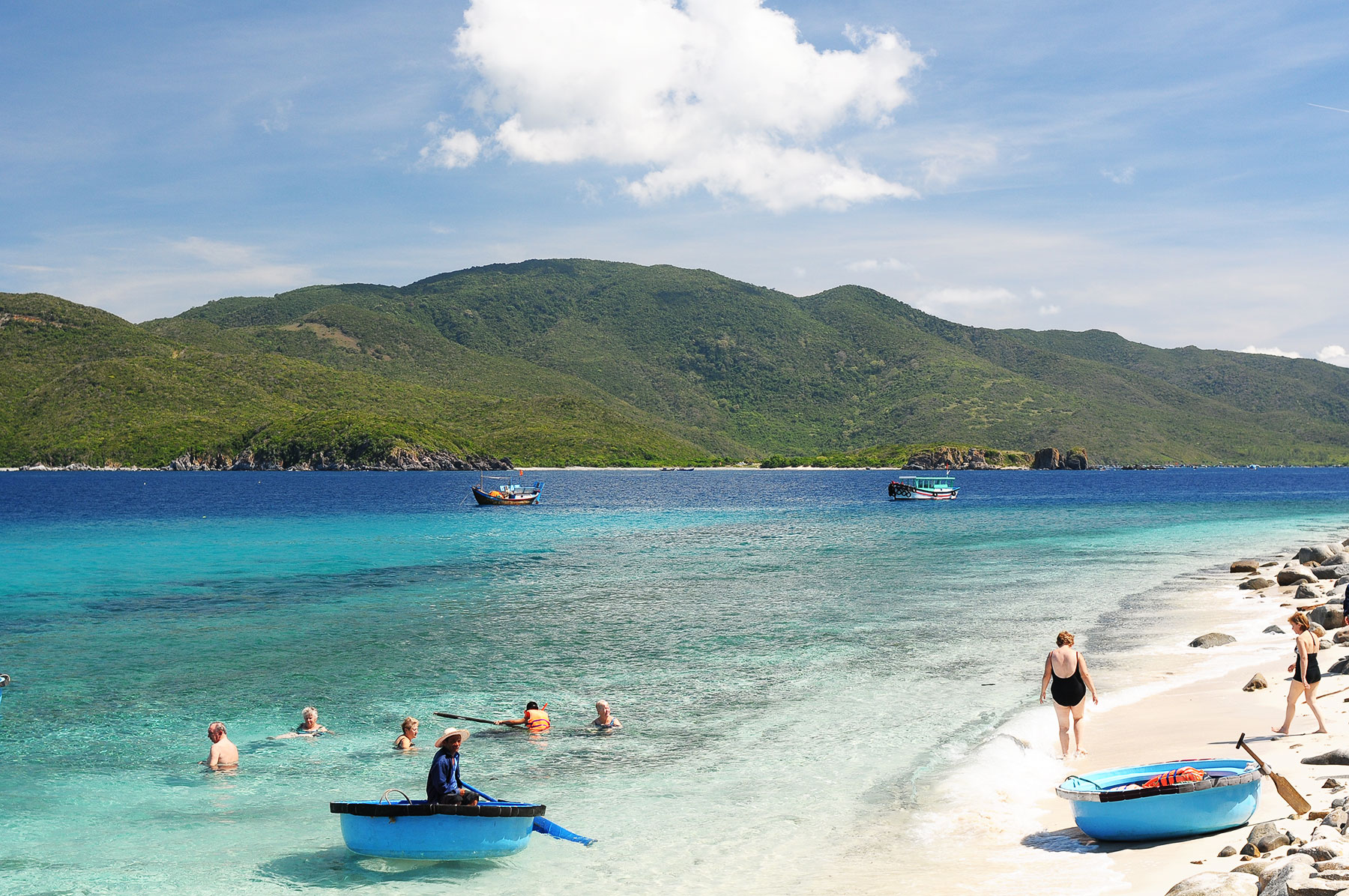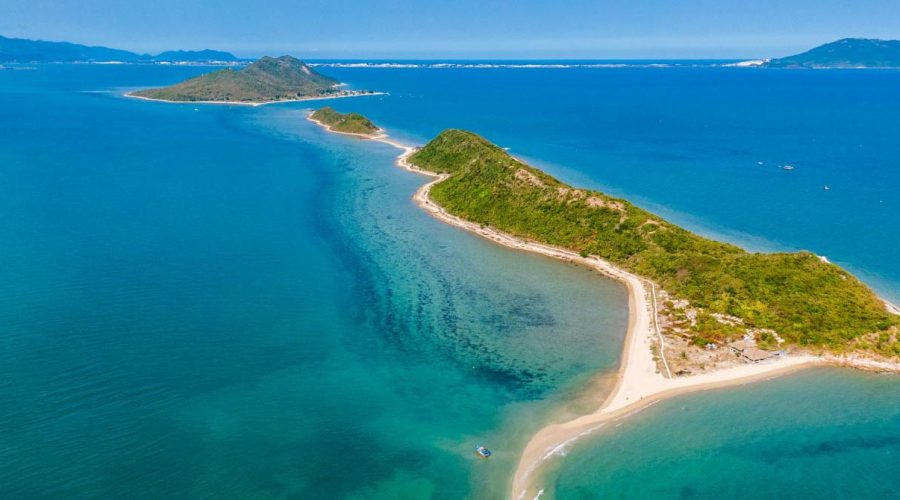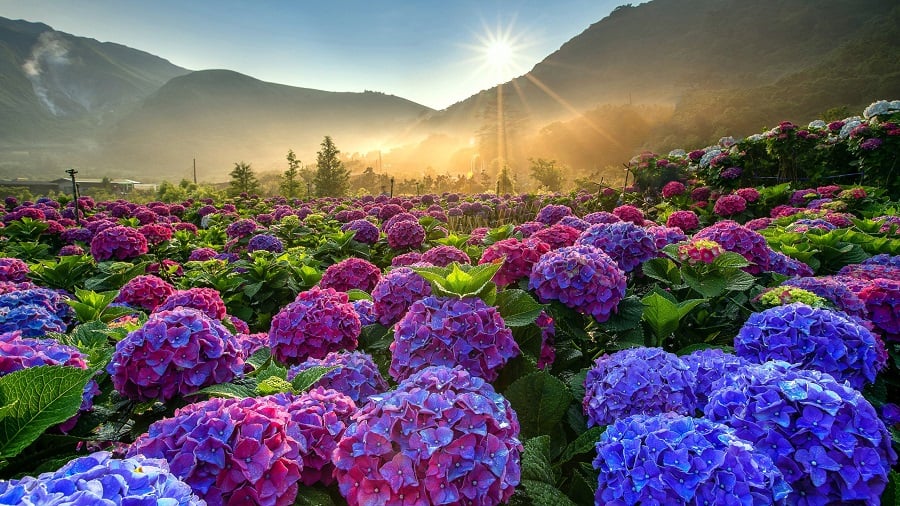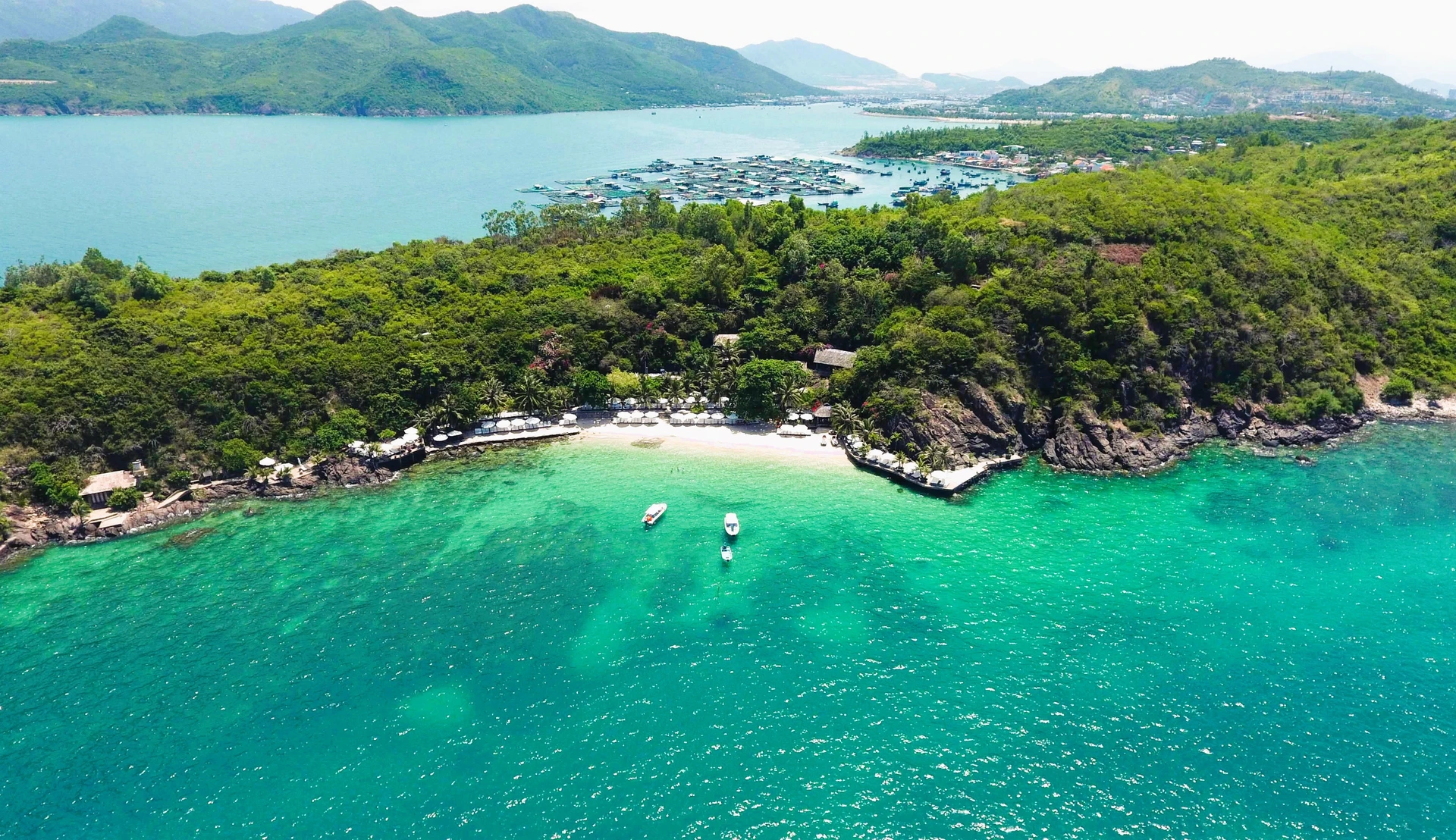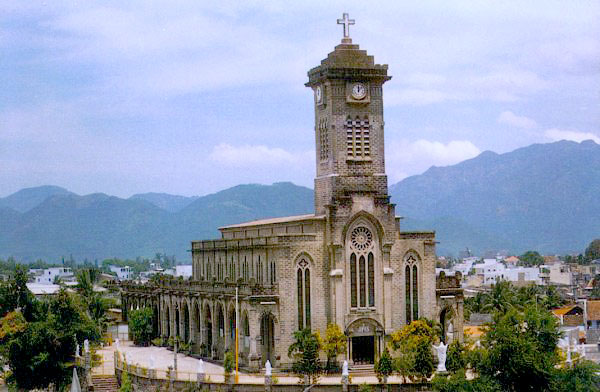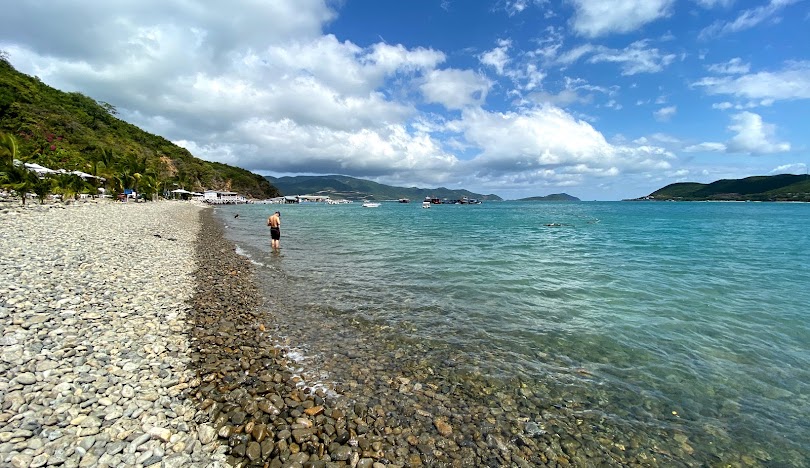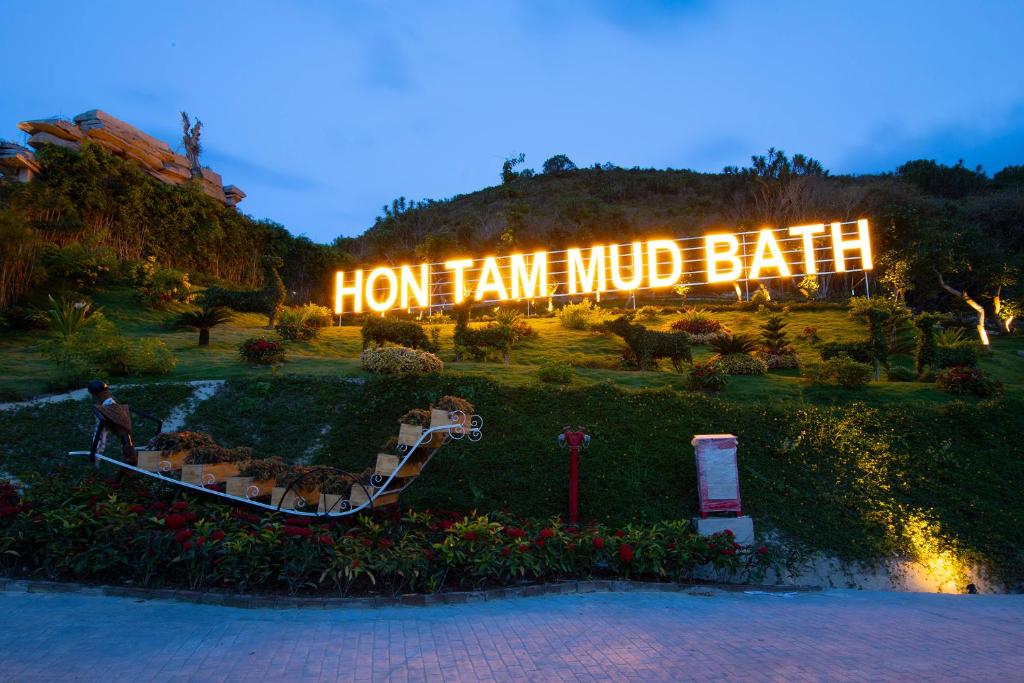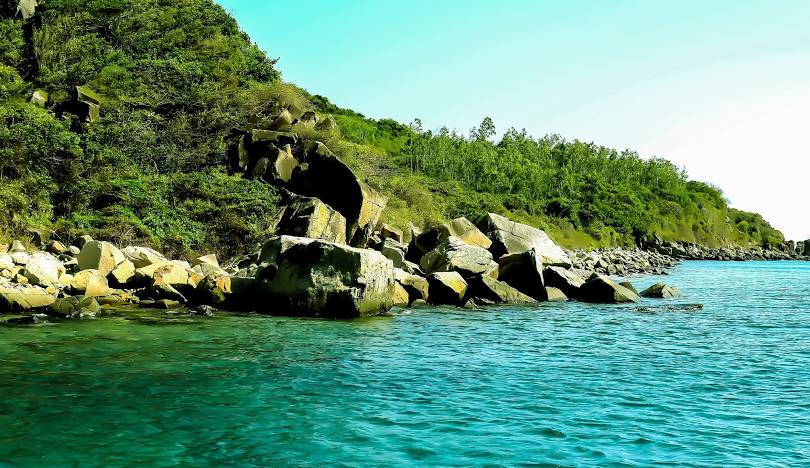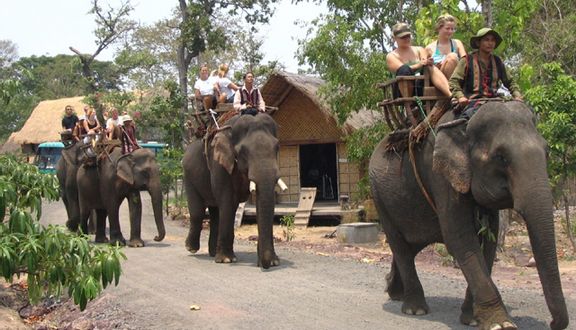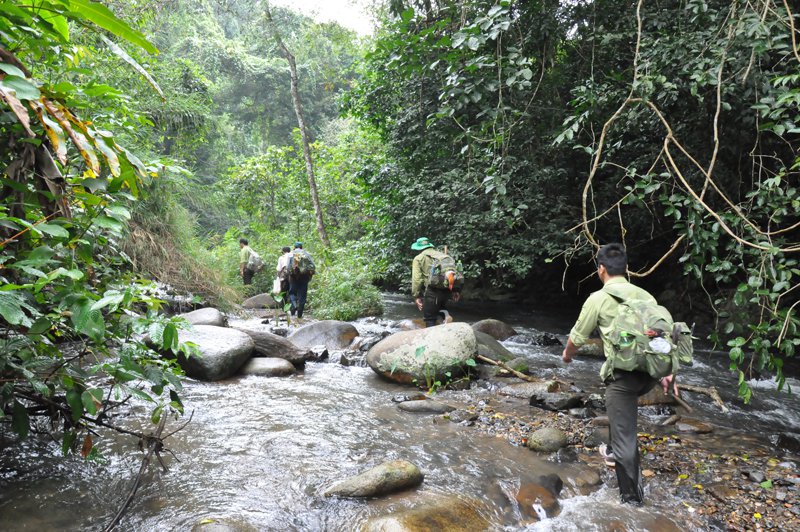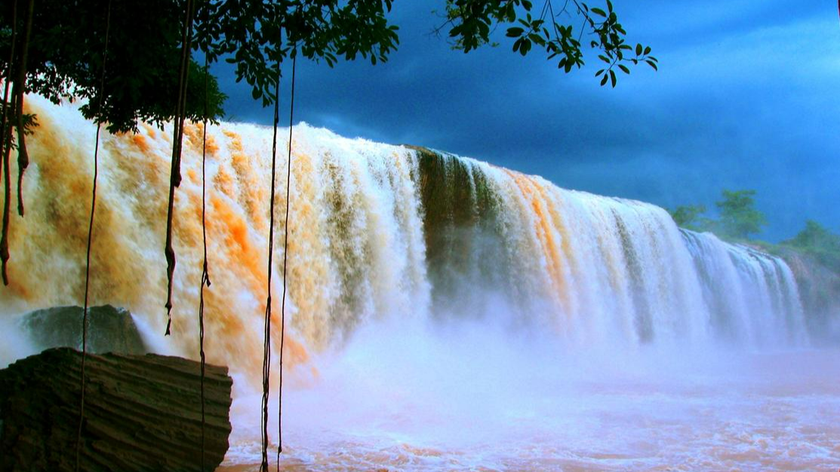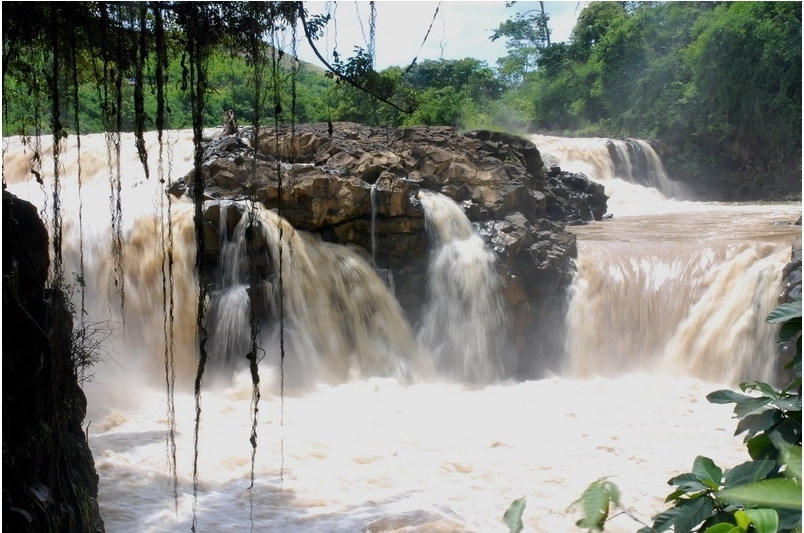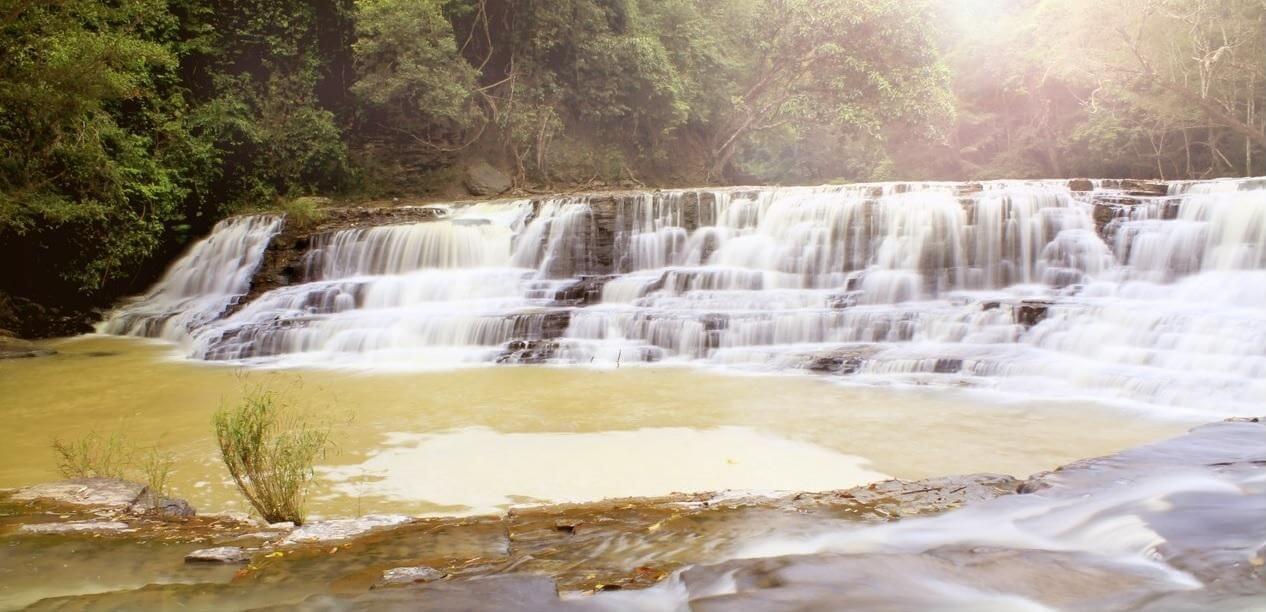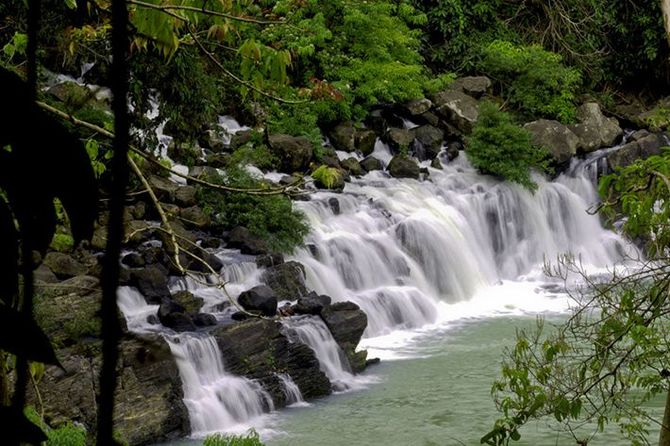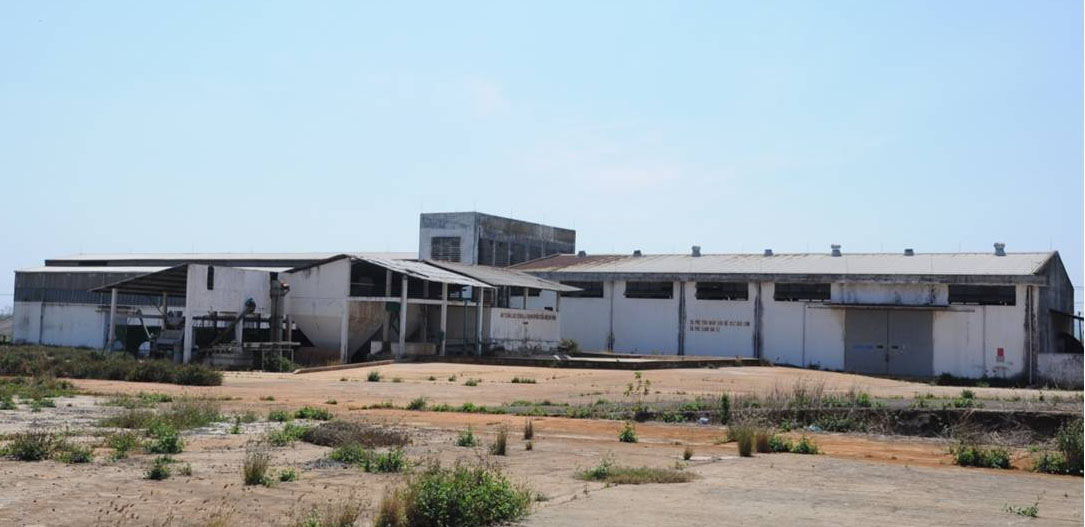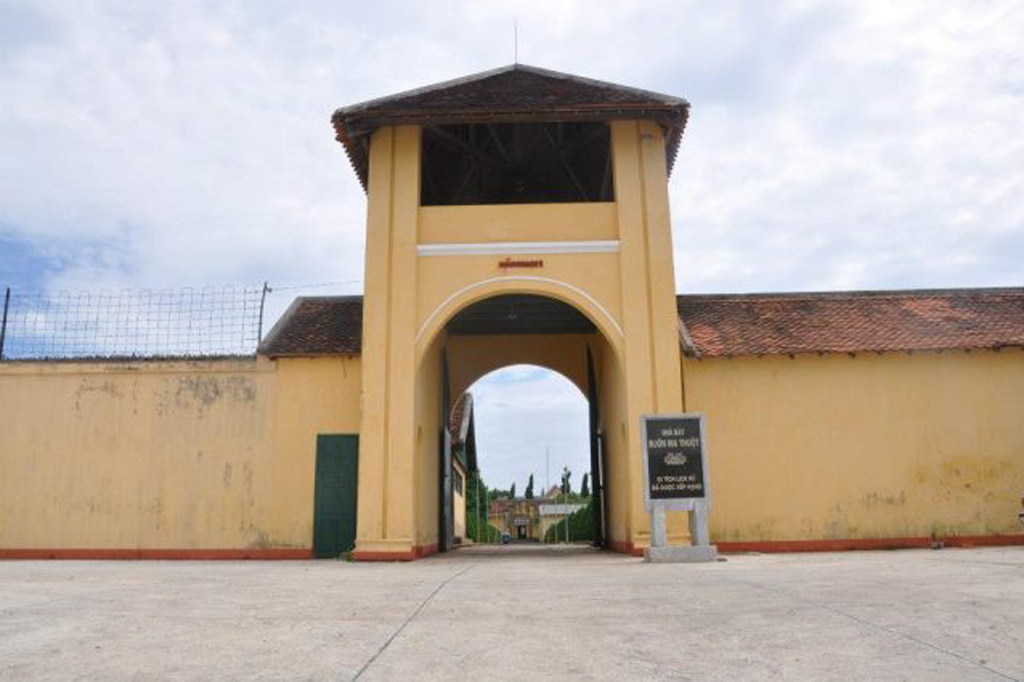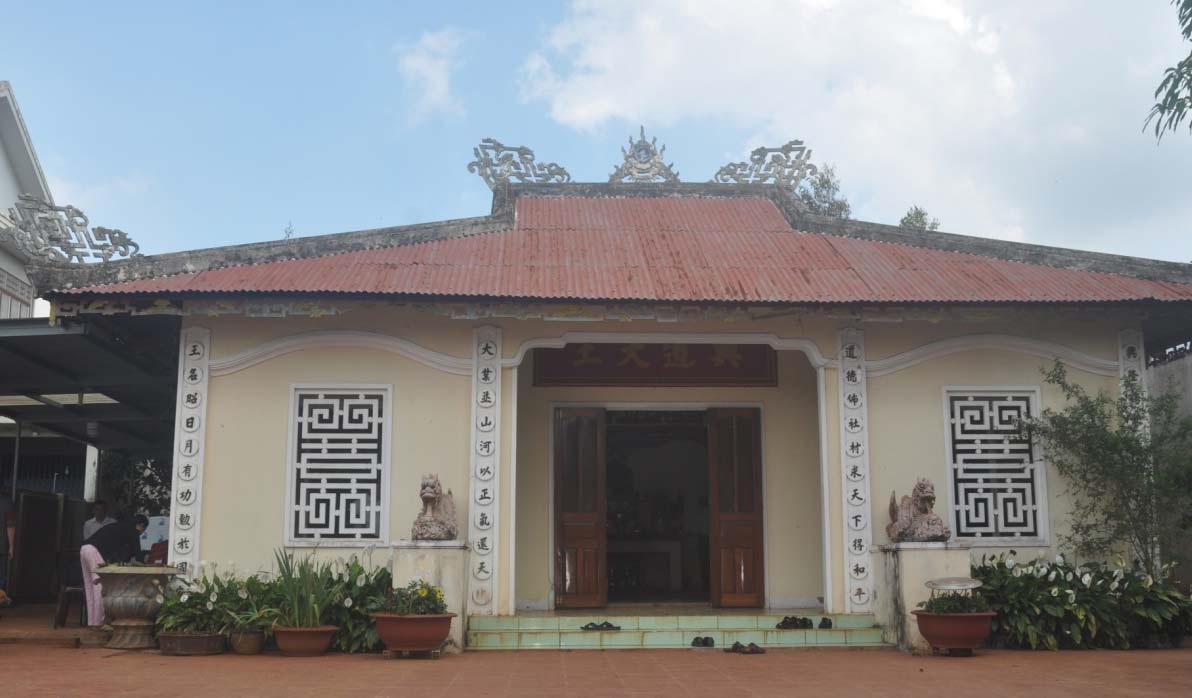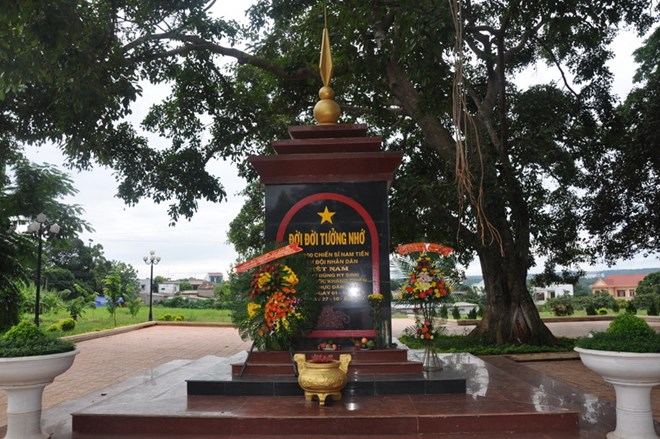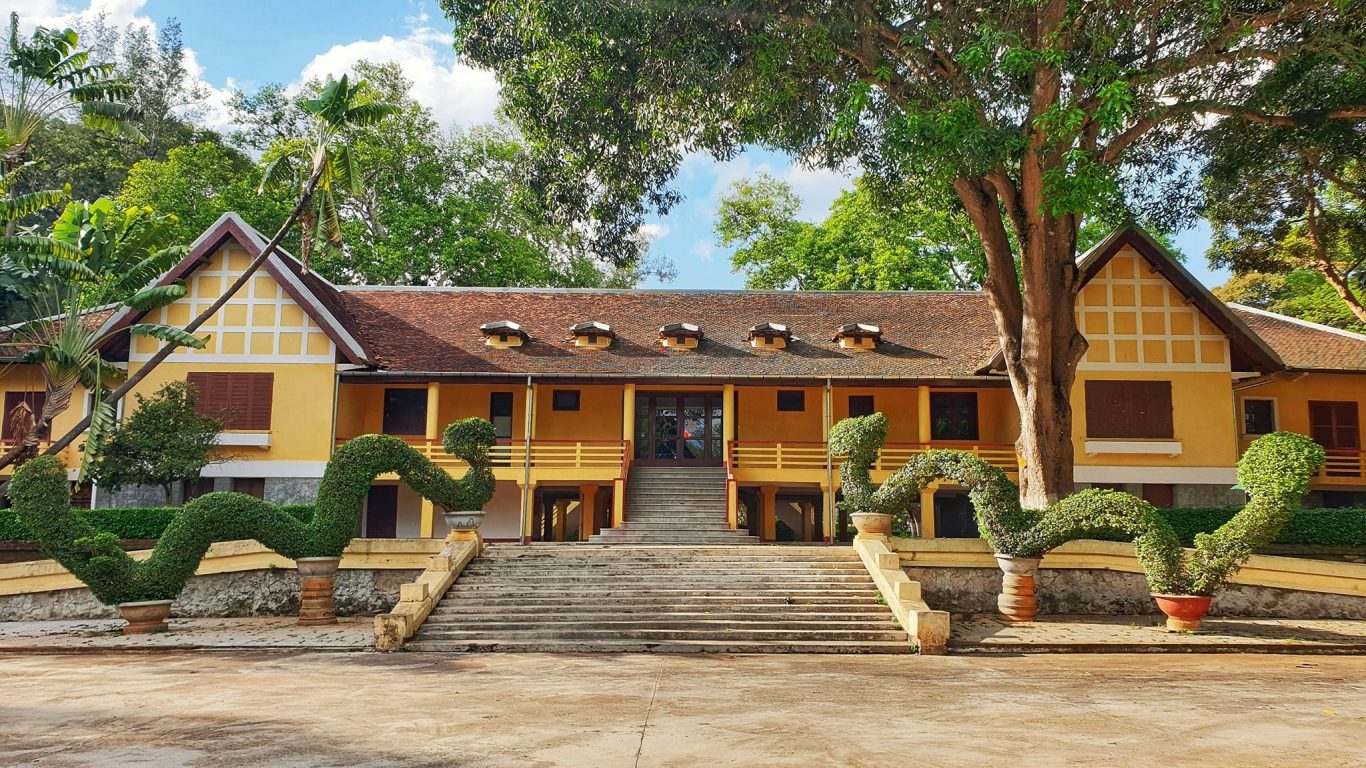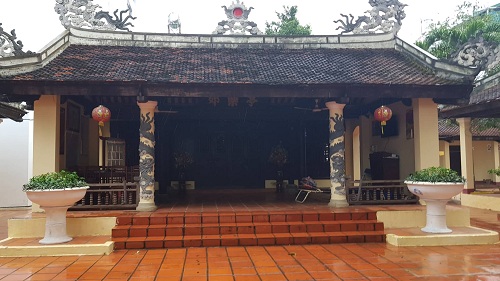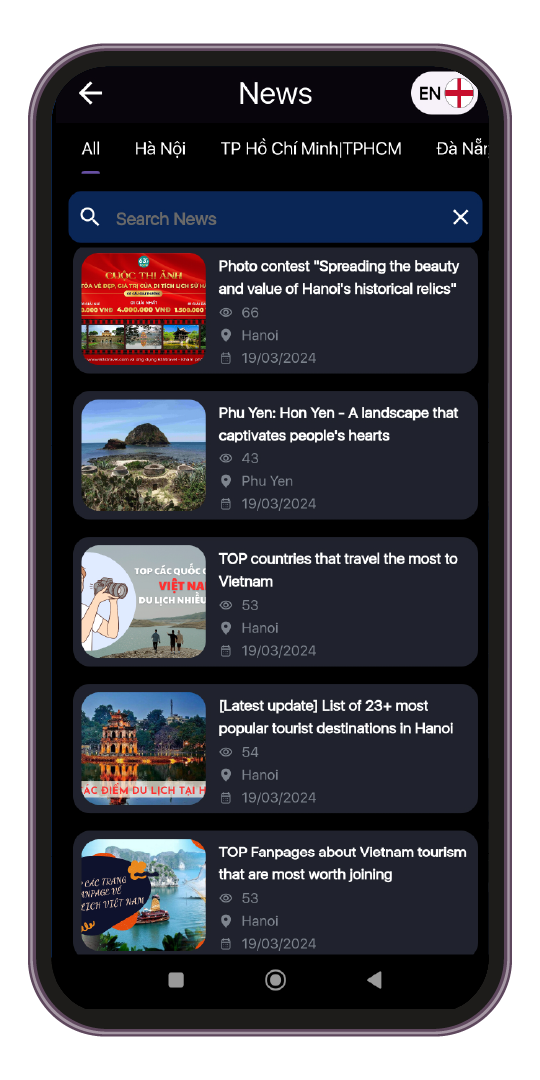Dak Lak - the sunny and windy Central Highlands, is not only captivated by its natural scenery but also famous for its unique specialties. What to buy as a gift when traveling to Dak Lak? Let's explore the list of delicious typical dishes to bring home as gifts for relatives and friends!
"What should I buy as a gift when traveling to Dak Lak?" - The question seems difficult but there are countless interesting options if you spend some time exploring. In this article, let's explore with 63Stravel specialties rich in Central Highlands flavor, guaranteed to not only satisfy you but also bring joy to relatives and friends. Let's find out now!
What to buy as a gift when traveling to Dak Lak?
Dak Lak specialties bought as gifts not only have unique flavors but also contain many great health benefits. Giving them to your loved ones, you will convey all your love and sincere care. If used on your own, they will be a natural gift to help you maintain good health and full of energy.
1. Coffee
Reference price: from 35,000 VND - 45,000 VND/kg.
When mentioning Buon Ma Thuot - Dak Lak, people will immediately think of the vast stretches of coffee gardens and the typical coffee flavor of the basalt red soil. This is the cradle of delicious, quality coffee beans, meticulously cared for on the rich plateau.
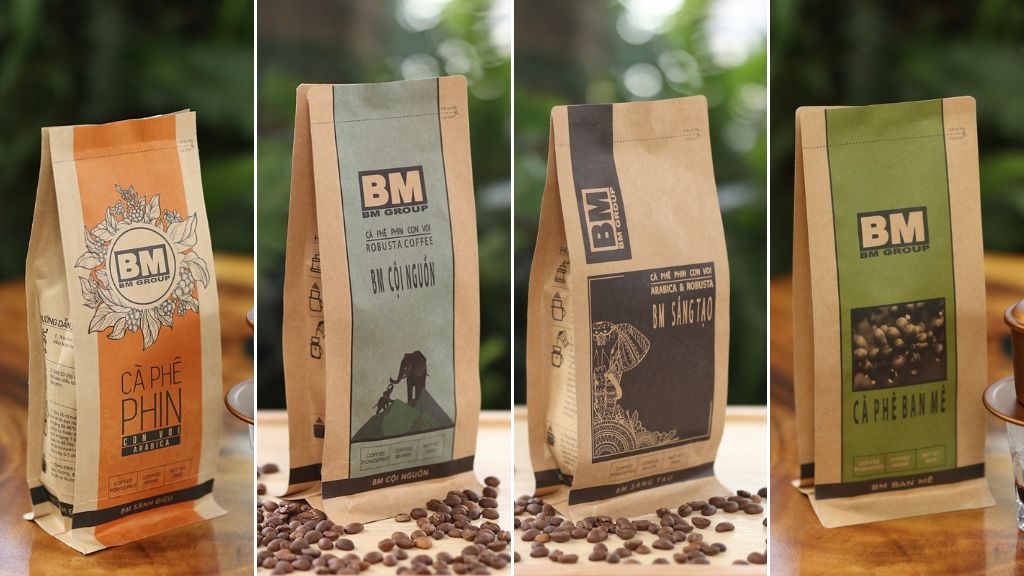
Buon Ma Thuot Coffee - Specialty bought as a gift
Buon Ma Thuot coffee stands out with its diversity such as tea coffee, jackfruit coffee, weasel coffee... each type has a unique, unforgettable flavor. It is the basalt red soil, ideal climate and typical altitude of the Central Highlands that make the difference, captivating anyone who has ever enjoyed it. Therefore, coffee is not only a specialty but also a meaningful gift for you to bring home to give to relatives and friends after the trip.
2. Dak Lak butter wax
Reference price: 80,000 VND - 120,000 VND/kg
Dak Lak butter wax has long been famous as one of the attractive specialties, captivating anyone who has ever enjoyed it. With a smooth, glossy crust and smooth, golden flesh, wax avocado brings a characteristic greasy, delicious flavor. In particular, Dak Lak avocado has two main types: green ripe avocado and purple ripe avocado. Among them, ripe purple avocados are often more popular thanks to their high wax content and characteristic sweet taste.
If you come to Dak Lak during the right season, don't forget to choose some not-quite-ripe avocados to bring home as gifts. This is not only a meaningful gift but also a unique flavor from the red soil plateau that you can share with family and friends. Enjoying the greasy, cool slices of avocado will definitely leave an unforgettable impression.
3. Macadamia nuts
Reference price: from 330,000 VND/kg depending on type.
What to buy as a gift when traveling to Dak Lak? Although Dak Lak macadamia has only appeared in recent years, it has quickly affirmed its position as one of the outstanding specialties of the Central Highlands. With a sturdy, glossy brown shell, a smooth golden core and a characteristic fatty flavor, macadamia nuts are known as the "queen of nuts". Not only delicious, macadamia is also rich in nutrition, suitable for all ages.
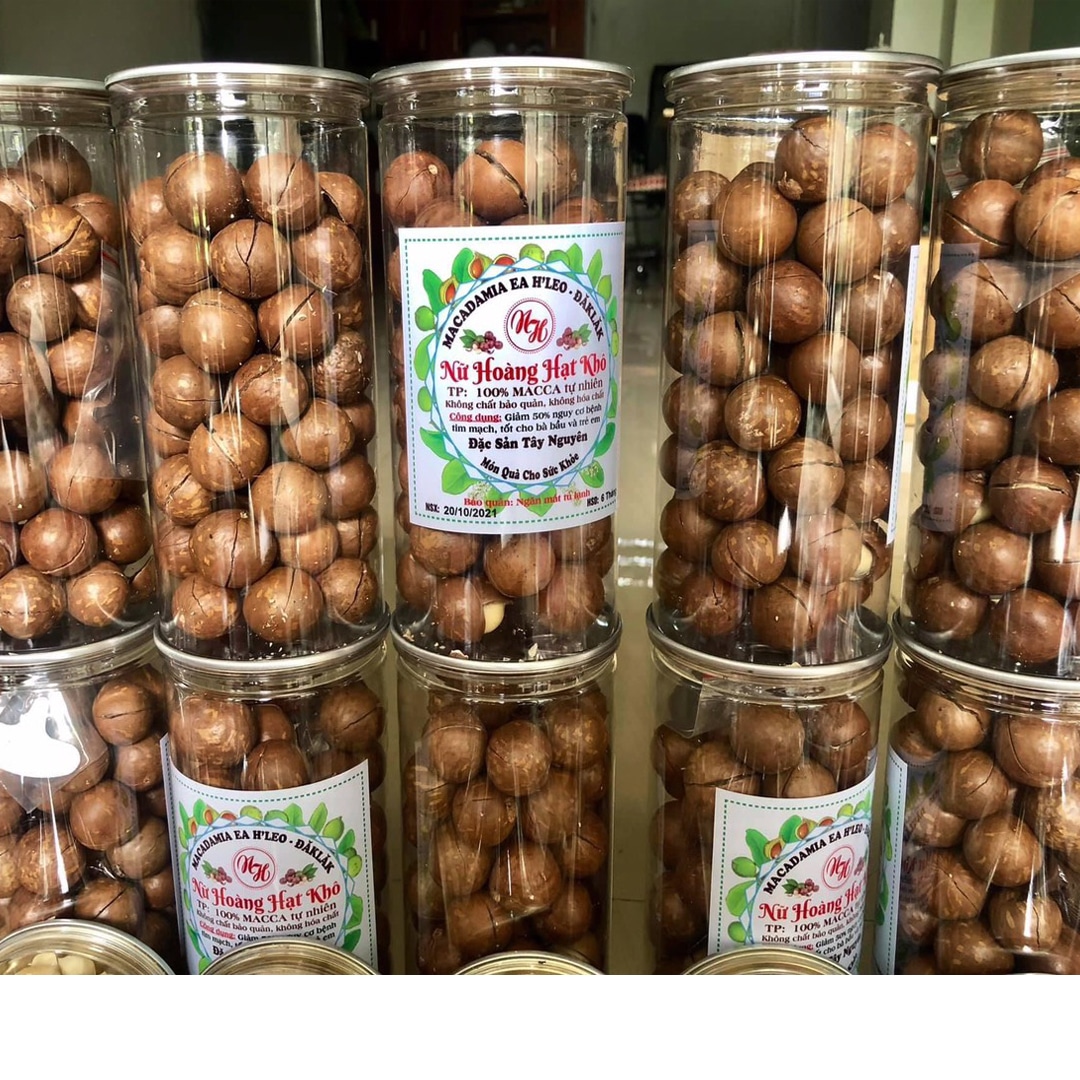
Macadamia nuts - a Dak Lak specialty as a unique gift that few people know about
Thanks to ideal soil conditions, macadamia grown in Dak Lak possesses outstanding quality, comparable to imported goods. This is not only a meaningful gift to give to loved ones, but also an ideal ingredient to make milk, candy or use as a nutritious, healthy snack.
>> Reference: Fascinated with the top 23 tourist attractions in Dak Lak that are "absolutely beautiful"
4. Coffee flower honey
Reference price: 100,000 VND - 250,000 VND/liter
Coffee flower honey is a unique natural gift that the Central Highlands lovingly gives to the land of Buon Ma Thuot. Made from drops of quintessential honey collected by hard-working bees from countless blooming coffee flowers, this type of honey stands out with its light yellow color, mild aroma and sweet taste, not as harsh as many other types. other honey.
Not only is it delicious, coffee flower honey is also naturally thick, less likely to crystallize or change color over time, retaining its nutritional value and original flavor. This is the perfect choice for you to bring home as a gift, both meaningful and good for the health of relatives and friends. Save this specialty immediately on your "must buy" list when visiting Dak Lak!
5. Dried bamboo shoots
Reference price: 140,000 VND - 210,000 VND/kg
What to buy as a gift when traveling to Dak Lak? Dried bamboo shoots are a familiar specialty, contributing to enriching the essence of Vietnamese cuisine and especially the Dak Lak region. Although it initially has a distinctive smell, after processing, dried bamboo shoots transform into an attractive dish with natural sweetness and moderate softness, captivating any diner.
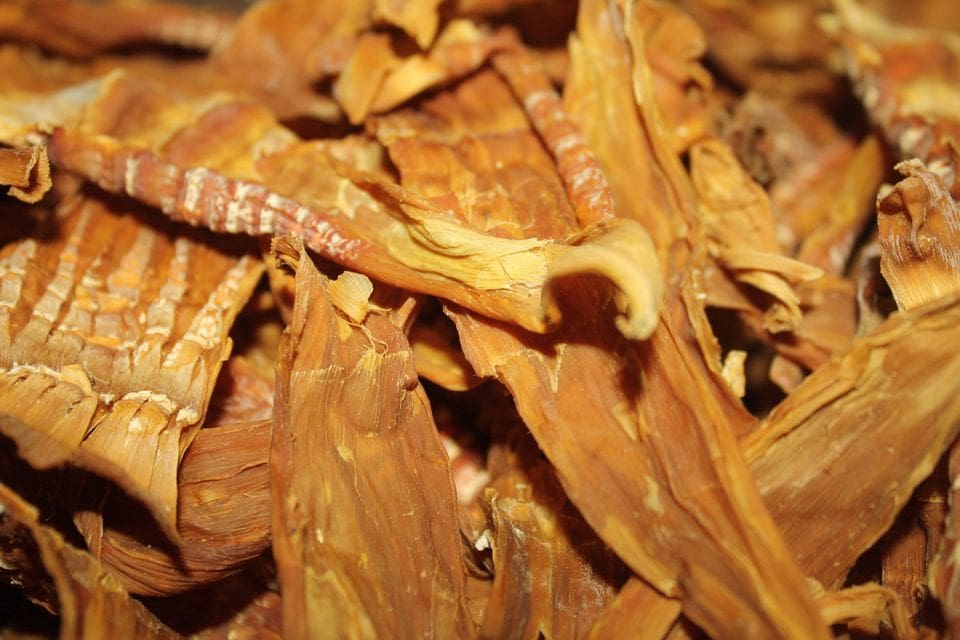
Dak Lak bamboo shoots - A precious specialty to buy as a gift
Different from fresh or canned bamboo shoots, dried bamboo shoots retain their rich flavor thanks to the careful sun-drying process, making the dish not only delicious but also imbued with the imprint of the sunny and windy Central Highlands. This is definitely a meaningful and practical gift that you can bring back from your trip to Buon Ma Thuot.
6. Can wine
Reference price: 85,000 VND - 790,000 VND/liter.
Tay Nguyen can wine is one of the unique and meaningful gifts that you should not miss when coming to Dak Lak. Made from sticky rice and cassava combined with wild yeast, Can wine has a rustic flavor, rich in the mountains and forests of the Central Highlands. A special feature is that the wine is not distilled but is naturally fermented, creating a mild, sweet and pleasant aroma, without causing a heavy feeling after enjoying.
Drinking wine is not simply a culinary experience but also a way to discover the unique culture of the Central Highlands people. Drinking utensils, called "cans," are handmade from bamboo or bamboo, demonstrating the people's attachment to nature. Can wine often appears during festivals, village meetings and celebrations, as a symbol of solidarity and hospitality.
However, wine needs a short shelf life, only 2 to 4 days, so you should enjoy it immediately to fully feel the fresh flavor of this specialty. Bringing a bottle of wine from Dak Lak as a gift will definitely make the recipient enjoy and feel the uniqueness of this great land.
7. Bitter eggplant
Reference price: 80,000 VND - 90,000 VND/kg
Bitter eggplant is a unique specialty of the Dak Lak mountainous region, associated with the traditional cuisine of the Ede people. This plant is not only easy to grow but also produces a quick harvest, after only about 3 months of sowing. The unique flavor with a slight bitterness but a sweet aftertaste makes a difference, captivating diners.
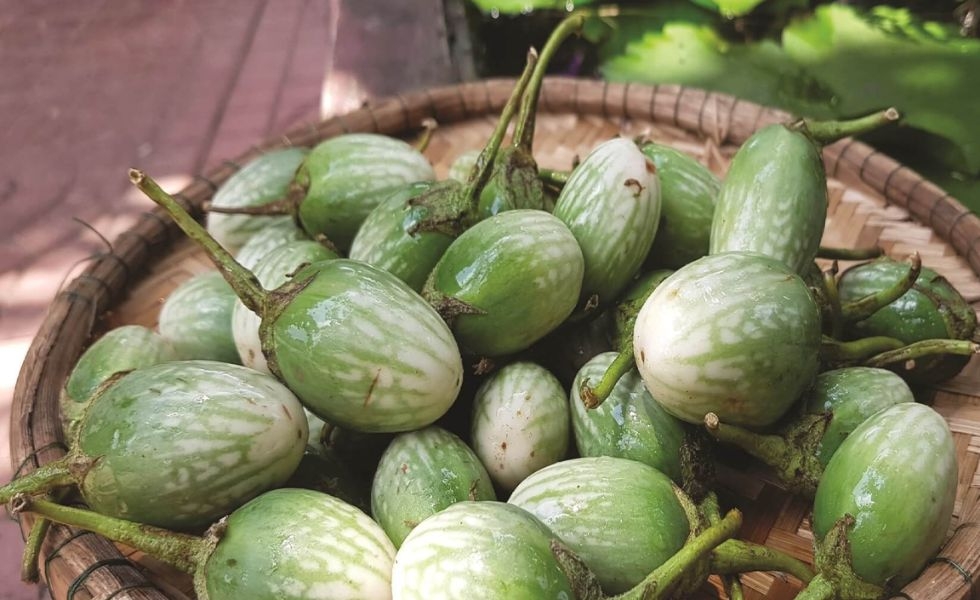
Bitter eggplant - Extremely unique Central Highlands specialty bought as a gift
When talking about bitter eggplants, you cannot ignore attractive dishes such as bitter eggplants braised with frogs, bitter eggplants in soup or bitter eggplants stewed with meat, all of which are rich and nutritious. This is not just a dish, but also a part of the Central Highlands culinary culture, providing a unique culinary experience for anyone to enjoy.
Buying Dak Lak bitter eggplant as a gift is a great idea, both ensuring clean food quality and bearing the mark of the highlands. With this specialty, you will easily recreate the flavors of the Central Highlands right in your kitchen, so that your relatives and friends can enjoy unforgettable delicacies.
8. Venison jerky
Reference price: 600,000 VND - 650,000 VND/kg
What to buy as a gift when traveling to Dak Lak? One of the specialties not to be missed when coming to Buon Ma Thuot is dried venison, a great gift that you can bring back as a souvenir. Dried venison stands out by being different from common dried meats such as beef, with its outstanding softness and eye-catching ivory white color. The reason why dried venison is so popular is thanks to the wonderful combination of fresh flavor and delicate processing techniques, bringing a special culinary experience.
Dried venison is often processed through many elaborate steps, starting with selecting fresh pieces of venison, slicing it into moderately thin slices, and then using a pestle to gradually soften it. After that, the meat is marinated with a unique mixture of spices including lemongrass, ginger, garlic, chili, and especially mac Khen - a secret spice of the Central Highlands, helping to mask the fishy taste of the meat. After marinating, the venison is dried in the natural air, retaining the full flavor of mountain nature.
When enjoyed, dried venison not only brings the softness and aroma of spices, but also makes a strong impression with its mild spicy and sweet taste after chewing. Each piece of meat is rich, fresh and a little spicy, making it unforgettable for diners. Buon Ma Thuot dried venison is the ideal choice for those who want to bring home a unique, delicious and meaningful specialty gift.
9. One sunny cow
Reference price: from 400,000 VND - 500,000 VND/kg (depending on the type you buy).
One of the famous specialties of Dak Lak that you cannot miss when coming to this land is sunny cows. This is a great gift to bring home, not only because of its unique flavor but also because of the typical way of processing of the Central Highlands. Sun-dried beef is not only suitable for drinking parties with friends but is also an interesting dish for movie nights with the family.
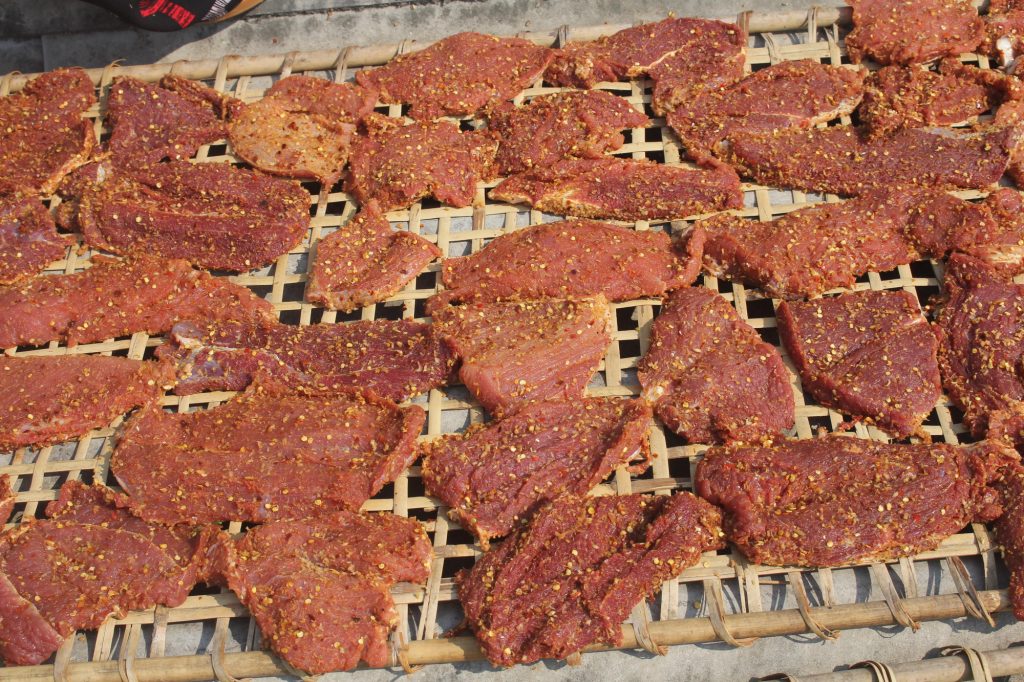
Grilled beef in the sun - Famous gift specialty of Dak Lak
This beef dish is made from fresh pieces of beef, thoroughly marinated with salt, sugar and special spices. Then, people will dry the beef under natural sunlight for a day, helping the meat become tender and retain its flavor. To create a characteristic aroma, the processor often sprinkles roasted sesame on top of the meat before drying it.
When enjoying, you will immediately feel the wonderful combination between the spicy taste of chili sauce and the salty taste of spices, along with the seductive aroma of roasted sesame. Dak Lak beef is best when grilled, each piece of beef is firm, chewy, soft, and fragrant, making everyone fall in love.
>> Read more: Revealing 10 reputable online hotel booking websites
10. Lam rice
Reference price: from 15,000 VND/tube.
Lam rice is a specialty not to be missed when you come to Dak Lak and the Central Highlands. Originating from the trips to the fields and forests of the people here, Lam rice is the perfect combination of delicious rice grains and natural bamboo tubes.
Rice is rolled in bamboo tubes, cooked and grilled over fire, creating an attractive aroma. When enjoying, you will feel the gentle sweetness of bamboo mixed with fragrant rice grains, creating a dish that is both unique and rich.
Lam rice is easy to eat and can be combined with many dishes, from regional salt, grilled chicken to grilled pork, all of which create a delicious and flavorful meal. This dish is suitable for you to enjoy at any time of the day, from early morning to late evening. However, because it is a dish made from rice, lam rice is best when eaten right away and can only be kept at normal temperature for about 5 to 6 days.
11. Cocoa powder
Reference price: from 70,000 VND - 120,000 VND/half kilogram.
Another specialty that you cannot miss when coming to Dak Lak is cocoa powder. This is a great product from pure cocoa beans grown in this land. With a meticulous processing process, Dak Lak cocoa powder brings a mildly bitter, greasy flavor and a characteristic natural aroma.
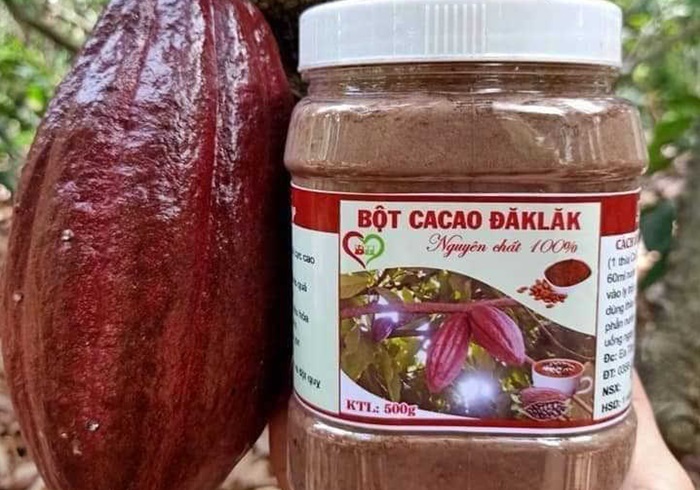
Cocoa powder - a Dak Lak specialty makes an attractive gift
Each sip of cocoa will be like a warm wave, taking you into an inviting, relaxing space. Not only attractive in taste, cocoa powder is also a nutritious food, very good for health, helping to increase resistance and beautify the skin. This is definitely a great gift for you to bring home to your relatives and friends, so they can enjoy the rich flavors of the Central Highlands.
12. Cloud buds
Reference price: 15,000 VND/bundle
What to buy as a gift when traveling to Dak Lak? When you arrive in Buon Ma Thuot, don't forget to buy a special gift of Dak Lak rattan thorn buds - a unique and rare ingredient of the Central Highlands. Rattan buds are collected from fresh young rattan trees. We have to go deep into the dark forests to find the best young shoots. People will meticulously strip off the hard outer shell, keeping only the soft core, rich in natural flavor.
With rattan buds, you can create countless delicious dishes, from rattan buds grilled on charcoal, to rattan buds cooked in soup or stir-fried, all of which bring irresistible appeal. This dish is not only unique but also contains the typical culinary culture of the Central Highlands people, making it a great choice for you to bring home as gifts for your loved ones.
13. Fresh bamboo shoots
Reference price: 100,000 VND - 180,000 VND/kg
What to buy as a gift when traveling to Dak Lak? Le Dak Lak bamboo shoots are an outstanding specialty, taken from the fresh tops or from dried bamboo shoots. Le bamboo shoots are loved for their sweet flavor, not too bitter like other types of bamboo shoots such as bamboo shoots or bamboo shoots. That's why bamboo shoot connoisseurs all affirm that bamboo shoots are the most delicious, with dense, soft and attractive flesh.
You can process bamboo shoots into many unique dishes such as bamboo shoots salad, bamboo shoots cooked with dried venison, or cooked with duck meat... Each dish brings a unique, unforgettable flavor. With the richness in processing, Le Dak Lak bamboo shoots are definitely the perfect choice for you to bring back as a gift when visiting Buon Ma Thuot.
When "What should you buy as a gift when traveling to Dak Lak?", you definitely cannot miss these unique and attractive specialties. Take note of the suggestions in your travel guide to make your trip more complete and don't forget to share with 63Stravel!
Dak Lak
1414 view
Update day
: 03/12/2024
63Stravel
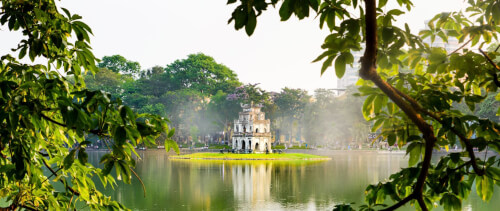 Hanoi (6)
Hanoi (6)
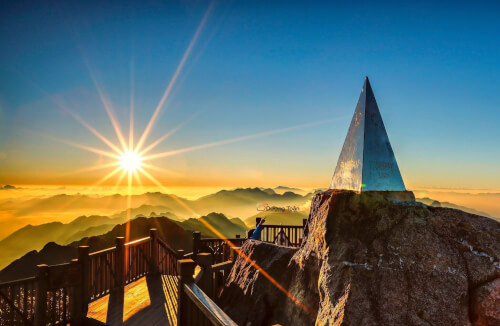 Lao Cai (1)
Lao Cai (1)
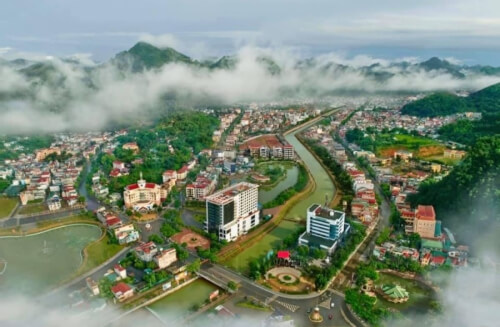 Son La (2)
Son La (2)
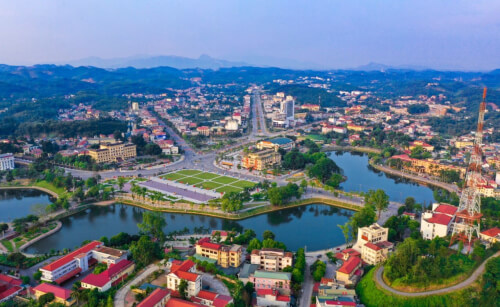 Yen Bai (1)
Yen Bai (1)
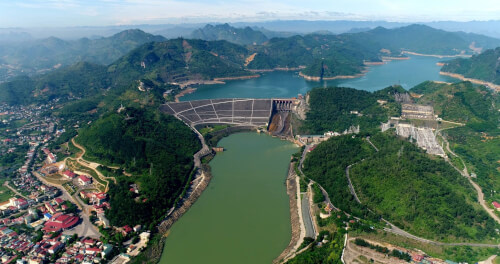 Hoa Binh (1)
Hoa Binh (1)
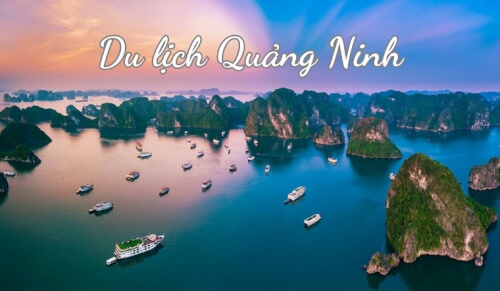 Quang Ninh (18)
Quang Ninh (18)
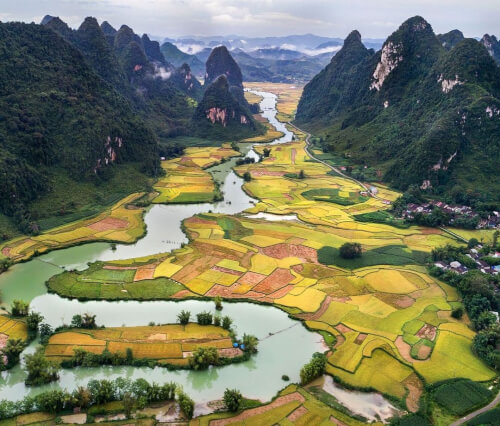 Ninh Binh (1)
Ninh Binh (1)
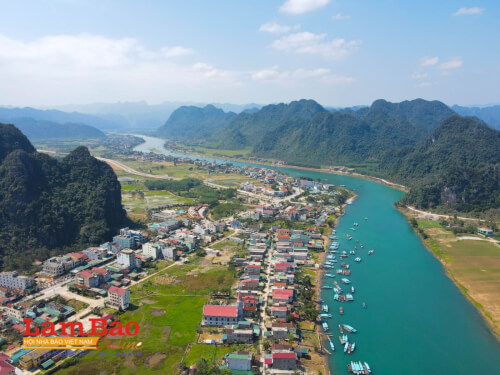 Quang Binh (2)
Quang Binh (2)
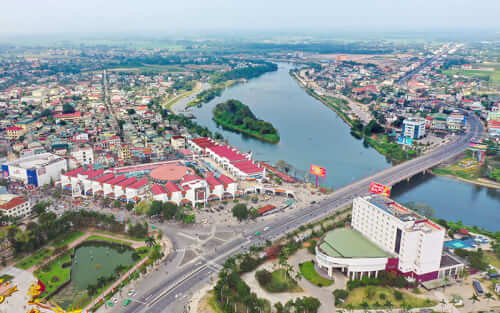 Quang Tri (1)
Quang Tri (1)
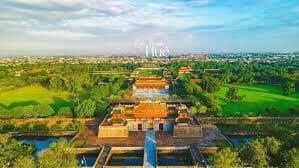 Hue (17)
Hue (17)
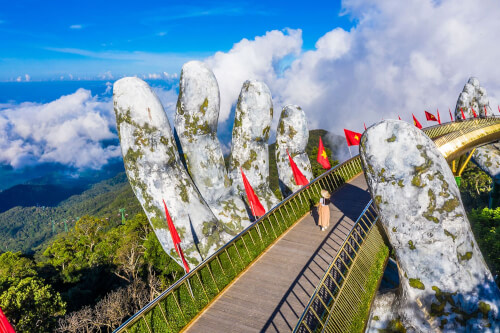 Da Nang (24)
Da Nang (24)
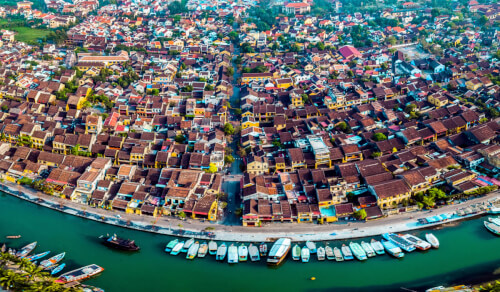 Quang Nam (16)
Quang Nam (16)
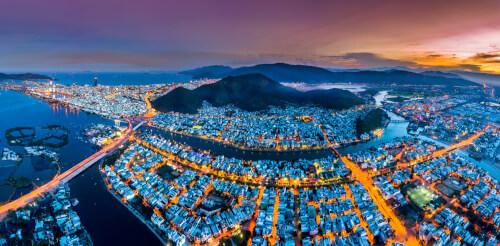 Binh Dinh (1)
Binh Dinh (1)
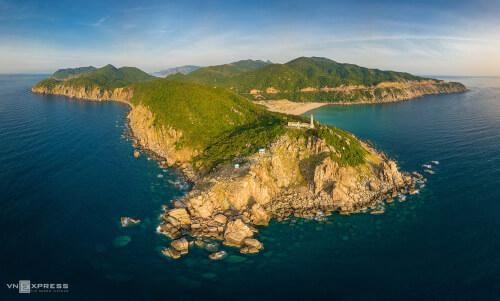 Phu Yen (1)
Phu Yen (1)
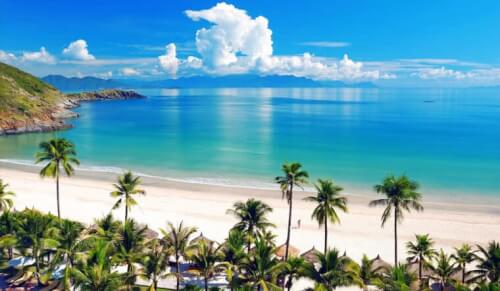 Khanh Hoa (12)
Khanh Hoa (12)
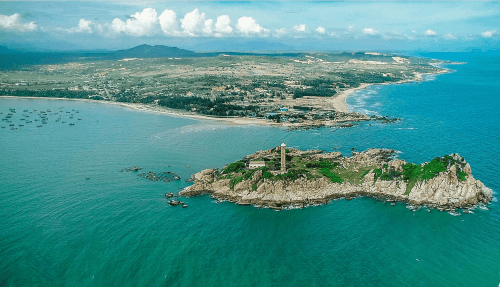 Binh Thuan (1)
Binh Thuan (1)
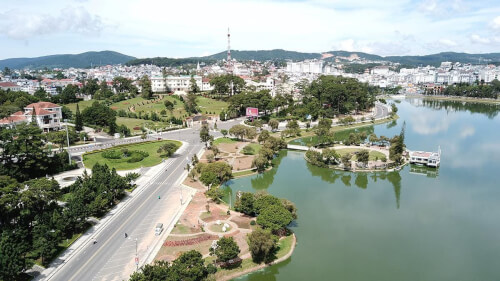 Lam Dong (7)
Lam Dong (7)
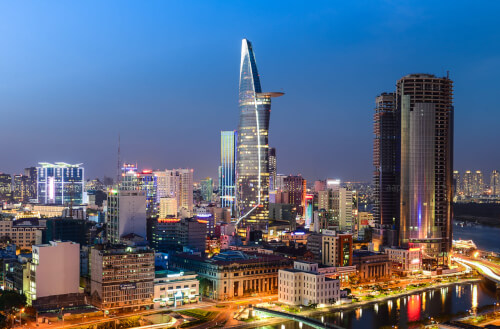 Ho Chi Minh City (3)
Ho Chi Minh City (3)
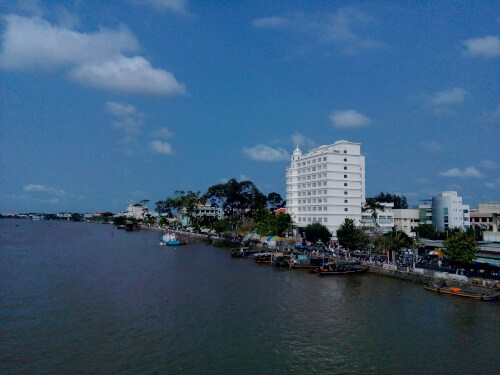 Ben tre (3)
Ben tre (3)
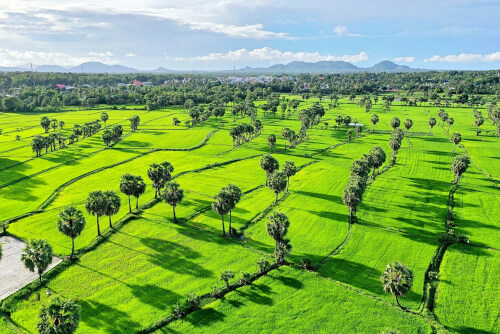 An Giang (1)
An Giang (1)
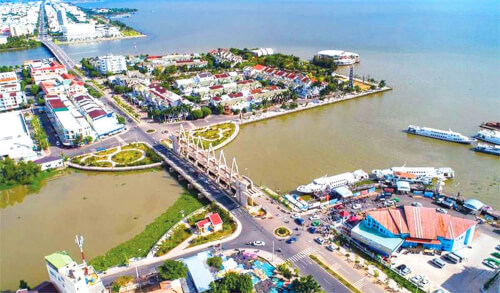 Kien Giang (4)
Kien Giang (4)
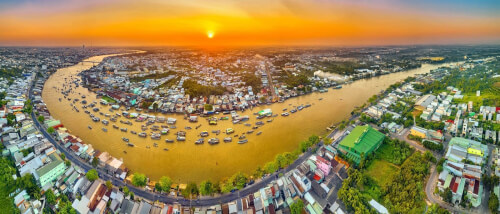 Can Tho (3)
Can Tho (3)
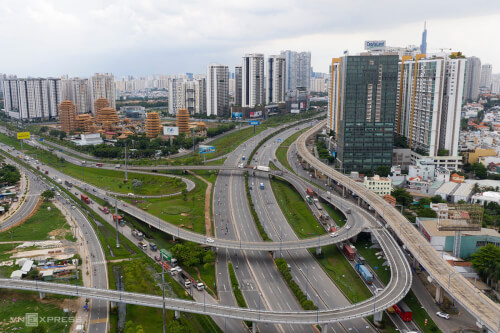 Foreign (3)
Foreign (3)

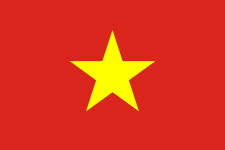 vn
vn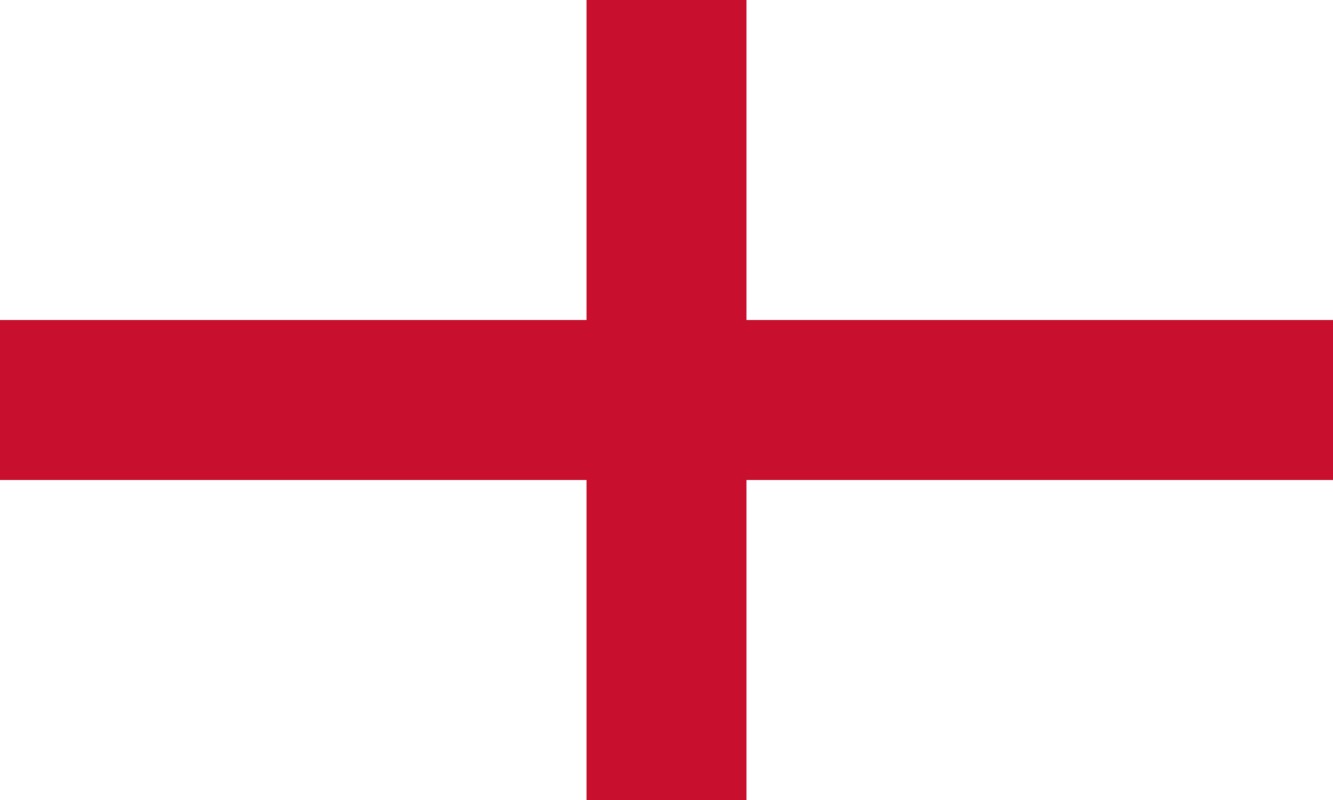 en
en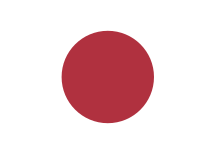 ja
ja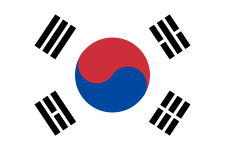 ko
ko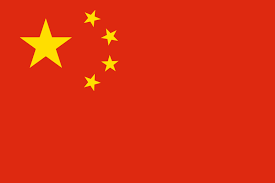 zh
zh

